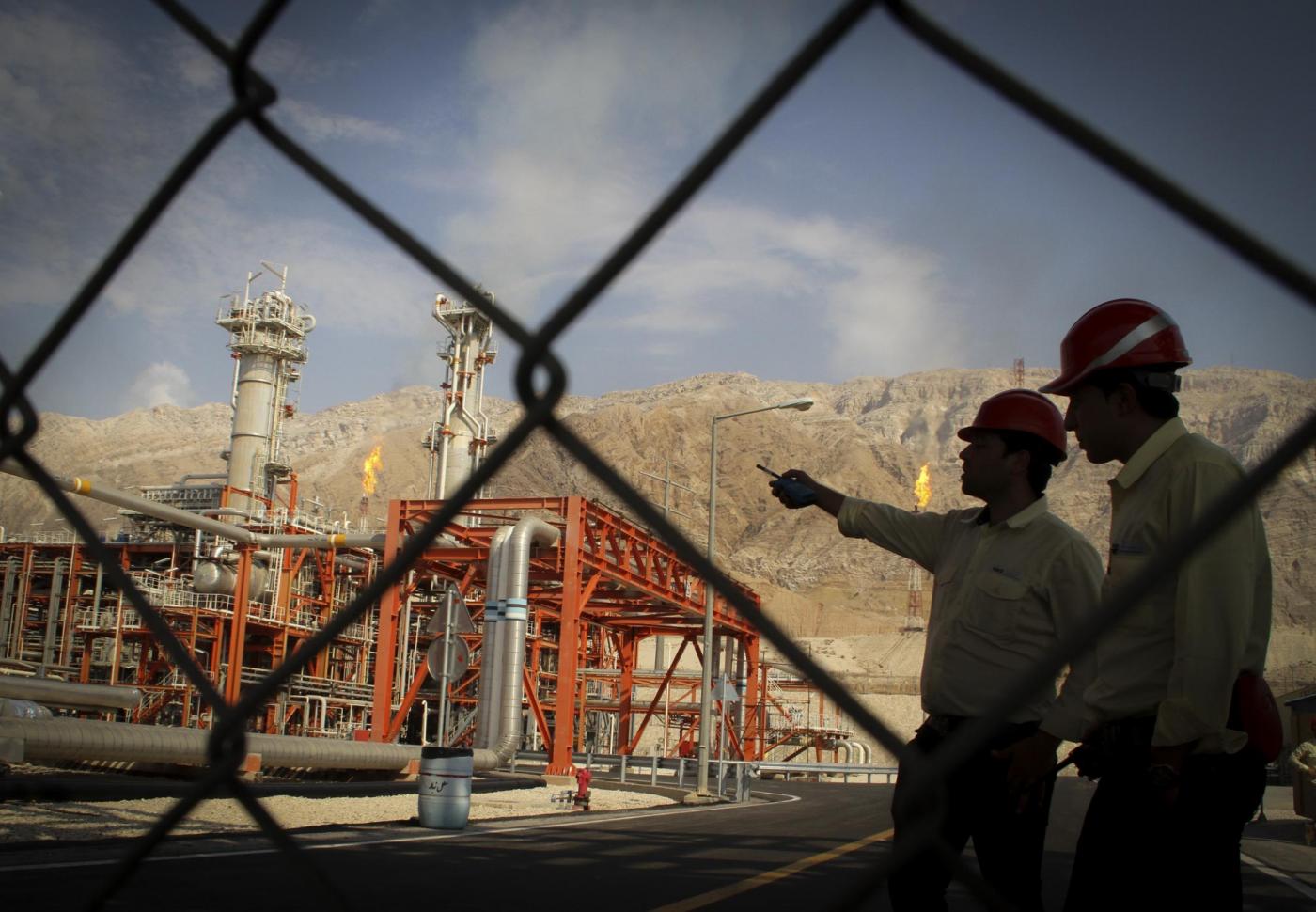The cost of energy is an issue that is receiving considerable media attention, including on a political level, and all the indicators point to a further increase in prices until the 2023. This was revealed by the new study by S&P Global Ratings (“S&P”) entitled The Energy Transition And What It Means For European Power Prices And Producers: September 2021 Update, which focused precisely on what is the situation in the Old Continent.
For Italy, despite the great changes expected in the coming years with the production of renewables (wind and solar) set to double by 2030, the rating agency believes that electricity prices in Italy will remain higher than the average of the ‘Western Europe until 2025 thanks to the low structural supply.
Post-Covid prices
I energy prices in Europe rebounded stronger than expected in 2021. This growth follows a decline of more than 20% in 2020, in a context of lockdown and weakening of the economy; the improvement was mainly due to a surge in gas prices and, to a lesser extent, carbon prices, which reach an all-time high of almost 60 euros per ton.
The contracted offer
Particularly, S&P believes that i energy prices will continue to increase in 2022-2023, also due to a contraction in supply. Europe’s more ambitious environmental targets will accelerate divestments in thermal and nuclear power generation, which cannot be fully offset by renewables for the next three years, leading to greater climate-related price volatility in the medium term.
The market thanks
On a general level, the European energy operators will benefit from this high price environment. This is because their generation portfolios are almost fully covered for this year, after which they will benefit from higher prices, thus supporting investments in the energy transition. This is also good for the development of a European energy purchase agreement (PPA) market for renewable energies, thanks to favorable operating prices and good margins, although pressure on producers with limited generation portfolios increases.
Political risks
However, a high cost of energy also implies an increase in political risks for service companies. The latter aspect refers in particular to the need to take into account the safety supply andeconomic accessibility. We are therefore starting to see political interventions aimed at limiting an increase in energy bills, as in Spain, with claw back proposals, or the transfer of some energy costs to general taxation, as in Italy. Because managing the social impact of the energy transition is a fundamental pillar of European climate policies.
